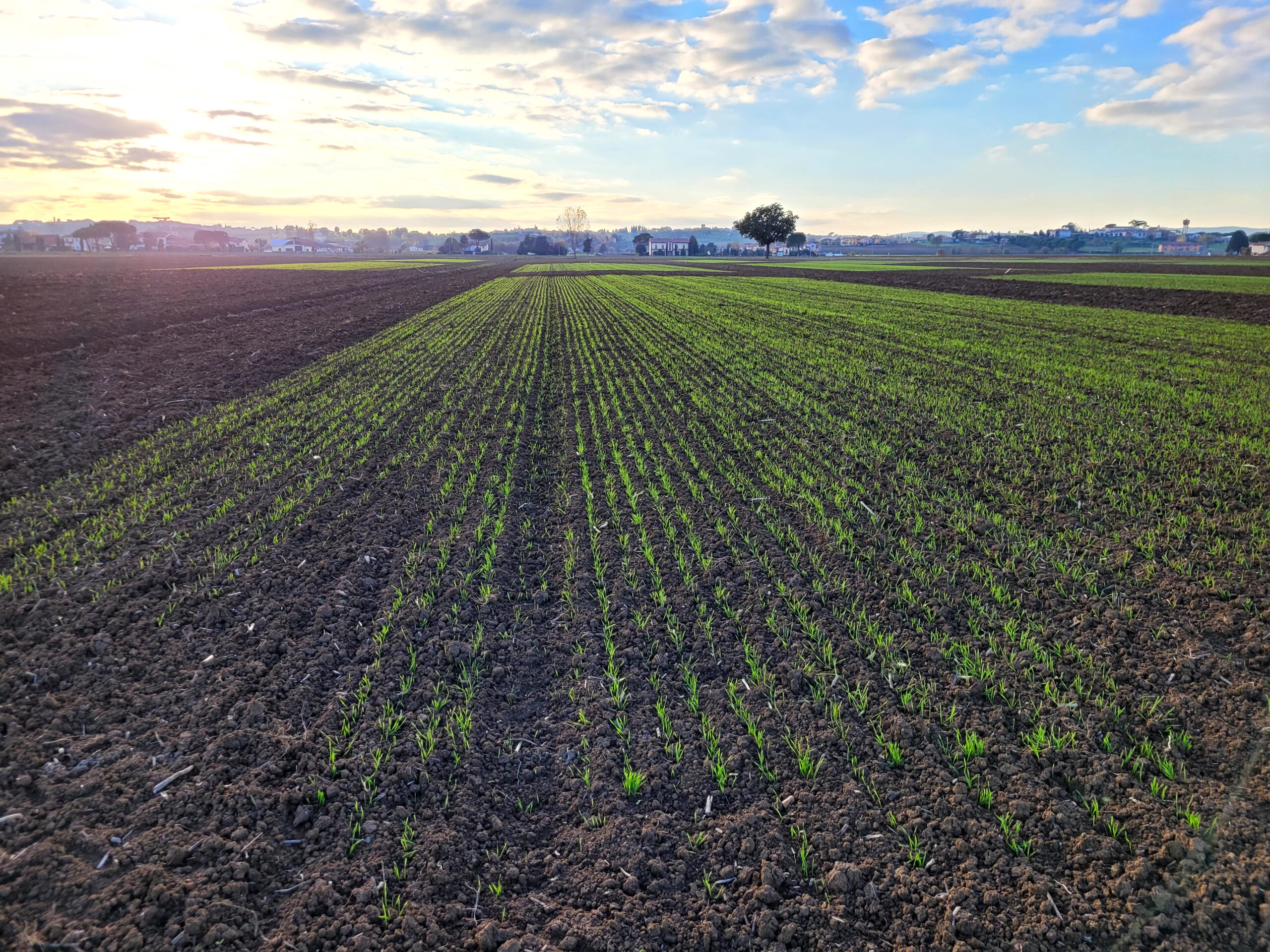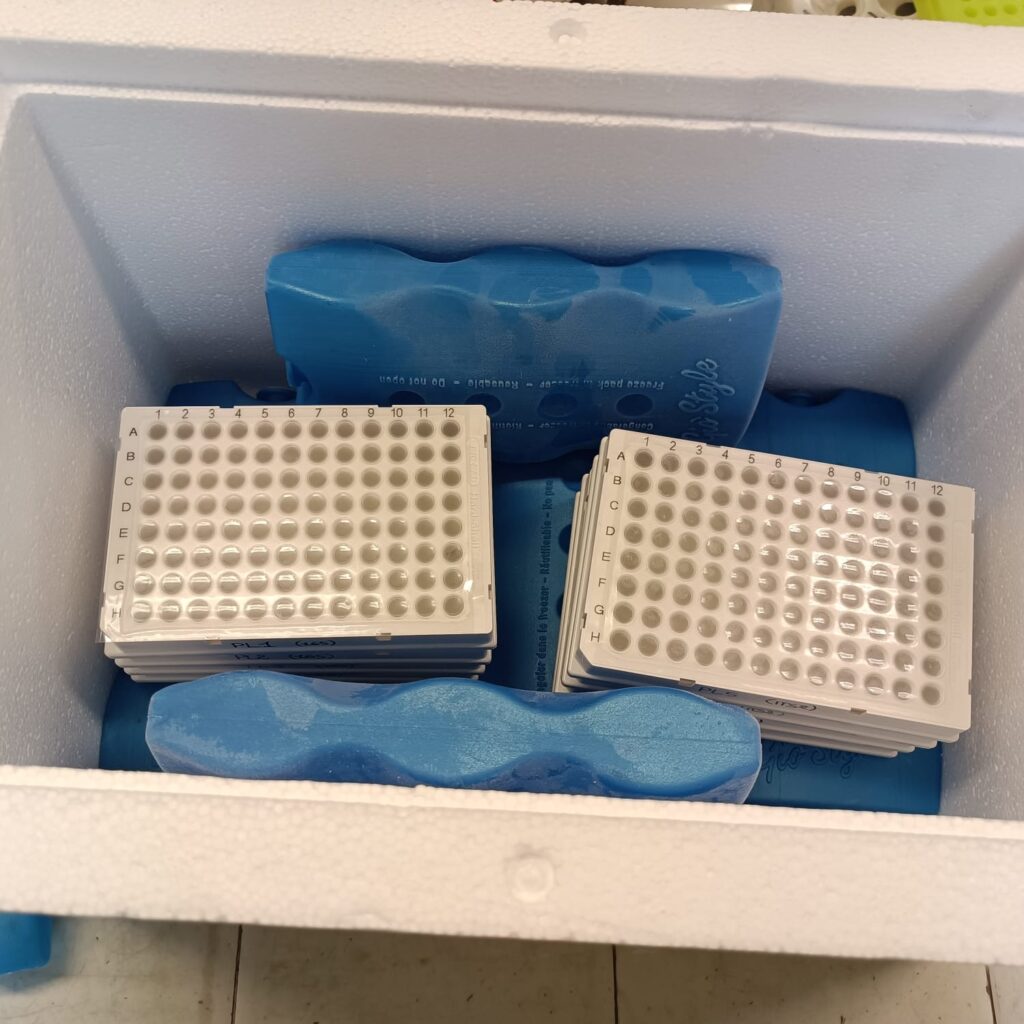Microorganisms, like bacteria, archaea, and fungi, can be found almost everywhere: in the soil beneath our feet, the air we breathe, the deep sea – and even on our skin and within our bodies! While some microbes can be harmful, most are beneficial. For instance, soil microbes are essential for plant health and food production.
Soil: The cradle of biodiversity
Soil is far from ordinary dirt. It is a highly intricate ecosystem and a remarkably diverse habitat. From bacteria and fungi to insects, earthworms, and even moles, soil hosts a vast array of organisms. These organisms collaborate in intricate ways, driving global cycles that sustain life on Earth. Did you know that one gram of fertile soil is teeming with billions of bacteria and hundreds of thousands of microscopic fungi? Such astonishing diversity makes soil the most diverse ecosystem on our planet!

Microbial marvels: Soil microbes and plant health
Ever wondered how plants grow and obtain all their nutrients from the soil? The answer lies in the soil biome, especially microbes, that play a crucial role in making nutrients available to plants. For instance, legume plants can form symbiotic relationships with soil bacteria known as Rhizobia. This relationship allows legumes to convert atmospheric nitrogen into a form they can use—a process called nitrogen fixation. More broadly, microbes decompose organic matter, releasing nutrients back into the soil for plants to absorb. Moreover, recent research shows that soil microbes also play a role in mitigating climate change by influencing carbon cycles.
Digging deeper: The role of soil microbes in agriculture
Given their critical role in soil functions, nutrient cycles and plant productivity, soil microbes have become a focal point of scientific research. Advancements in molecular technologies have unlocked new insights into the structure, diversity, and functions of the soil microbial community. However, there is still a lot to learn about how these tiny organisms contribute to soil and plant health and how we can harness this knowledge for improving agricultural practises.
LEGUMINOSE: Exploring microbial communities in intercropping
One goal of the LEGUMINOSE project is to deepen our understanding of microbial communities in legume-cereal intercropping systems across Europe. Intercropping — growing multiple crops in the same field at the same time — boosts plant diversity, but how do soil microbes interact in these diverse environments?
Our Italian research partner at the Università Degli Studi di Firenze, led by our project coordinator Shamina Imran Pathan, is an expert in analysing soil microbial communities. They have gathered 700 samples from our research fields in Italy, Denmark, Germany, and Spain. These samples, which include rhizosphere (soil closely surrounding roots) and bulk soil, as well as plant roots, are now prepped for next-generation sequencing, a cutting-edge technology that will reveal the intricate details of these microbial communities.

Stay tuned for updates on our findings from these microbial analyses! We are excited to learn more about the microbes living in the soil beneath our feet.
